Last year, Bridget Murnane’s Bella snagged top honors, and has since been racking up awards. It recently had its L.A. run at the Laemmle Theatre and is currently eligible for an Oscar nomination—fingers crossed. Was this choice a no-brainer, and how is a winner selected?
The ones that stand out, really stand out, are the winners. They’re selected by a screening committee of 38, and the jury judges are generally the guest of honor. This year it’s Javier de Frutos, [artist, educator, scholar] Cara Hagan, and a local person, [choreographer] Kitty McNamee. David Rousseve has been the jury captain every year, but he’s making a new piece now and living his fabulous life.
But every year we get about 300 films and only one person—and that’s not me—it’s [co-artistic director, board member] Cati Jean who watches them all. I watch 90% of the films, but she watches all of them. So, in the minutia of producing and the reason I brought her on is, she stays in the arts while I’m writing budgets, working on the venues and doing all the logistical stuff, and she can remain present in the artistic value of each film.
There’s a scoring system of 10 questions [that includes] production value, use of rhythm, choreography, camera work, narrative structure. Does [the film] make you want to move? Is there a kinaesthetic connection? I still believe it’s really about choreography and dance and movement value. There may be beautiful movement, but not camera movement; that will not score as high. Really great camera work can make choreography better.
Bridget’s film was well-made, as the rest of the world has verified. It’s about Bella Lewitzky and we want to represent L.A. I love that it’s eligible for an Oscar nomination, [but] it’s a very long shot. Oscar campaigns are hundreds of thousands of dollars.
I hear you, Kelly, so now onto this year’s offerings. Opening night was to have honored Bobbi Jene Smith and Or Schraiber, but instead you’re fêting Javier de Frutos, the Spanish-Venezuelan director, choreographer and designer who was named by the Evening Standard as one of 2016’s most influential people in London. You’re also screening eight experimental shorts, including de Frutos’ Whoever You Are, a cinematic adaptation of Walt Whitman’s seminal poem, “Whoever You Are Holding Me Now in Hand.”
Bobbi Jene and Or couldn’t come. They didn’t check their calendar. That’s because you have a 3-year old and didn’t check your calendar! There’s always some craziness that makes us have to shuffle and pivot. Luckily, in a way it made sense to have Javier, as we’d been working with him this year. He taught a workshop when we had that lovely program with the Music Center with free workshops last spring.
There were also summer screenings out on the Music Center plaza of L.A.-based artists. It was a nice counterpoint, because the festival is pretty much international and Javier was part of that jury. He is offering another workshop in Spanish, at DCW with the Cervantes Institute’s support.



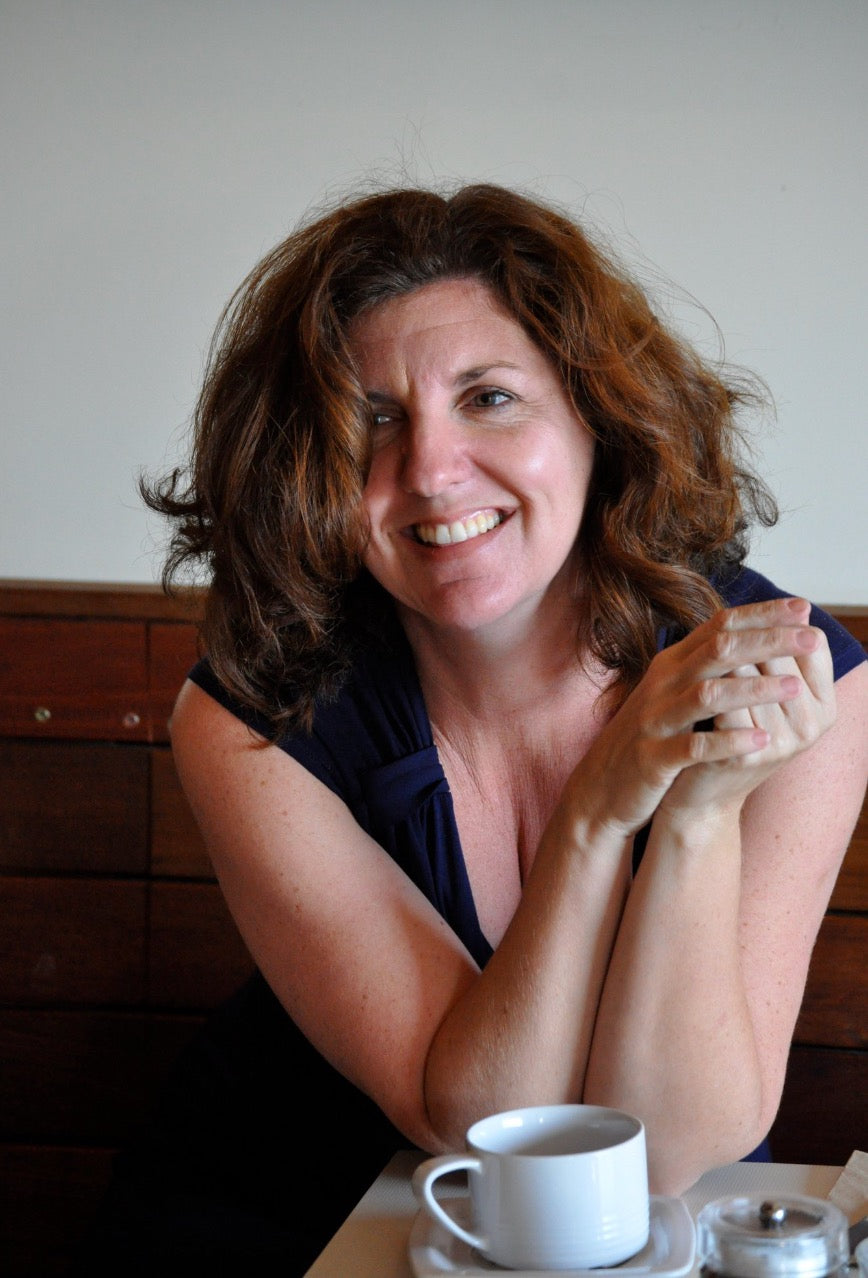

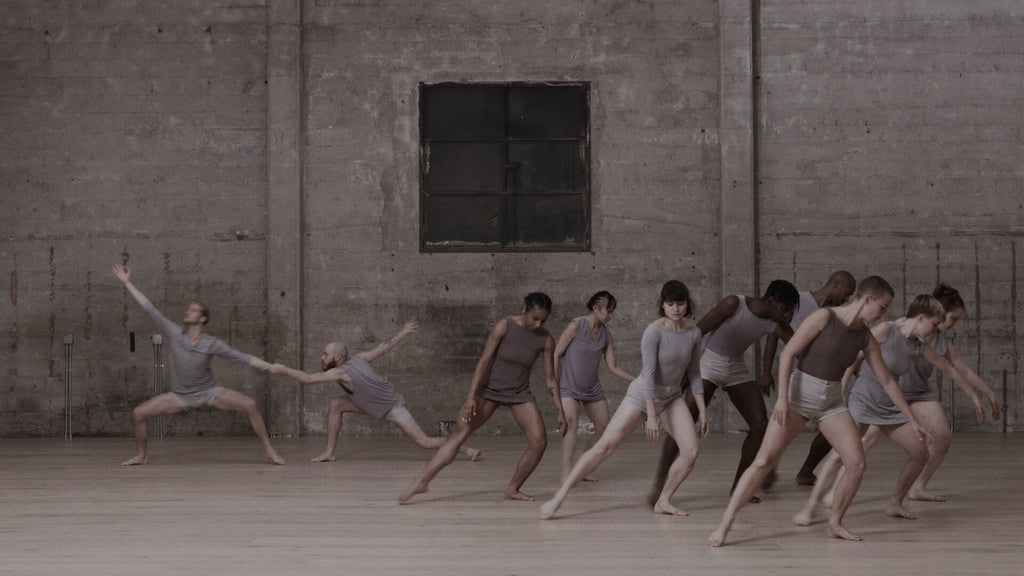
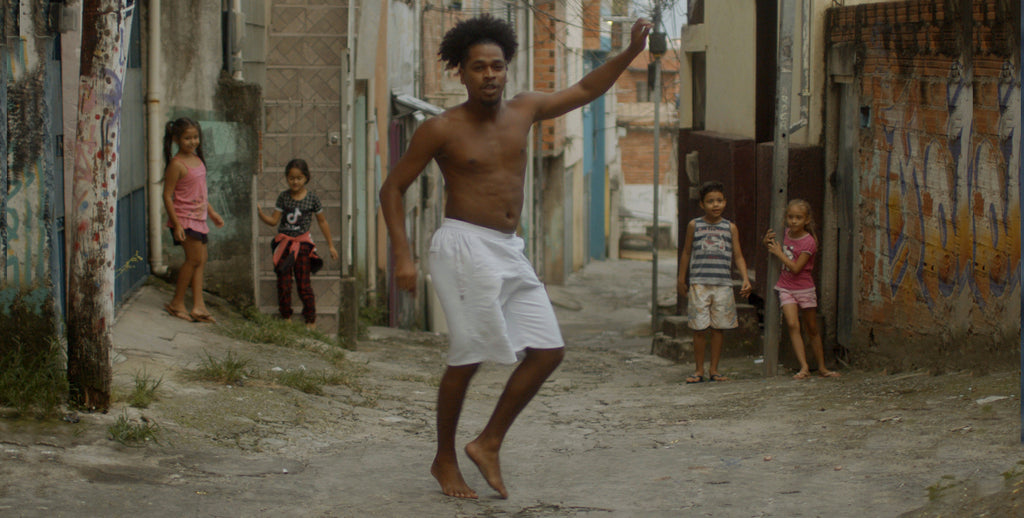
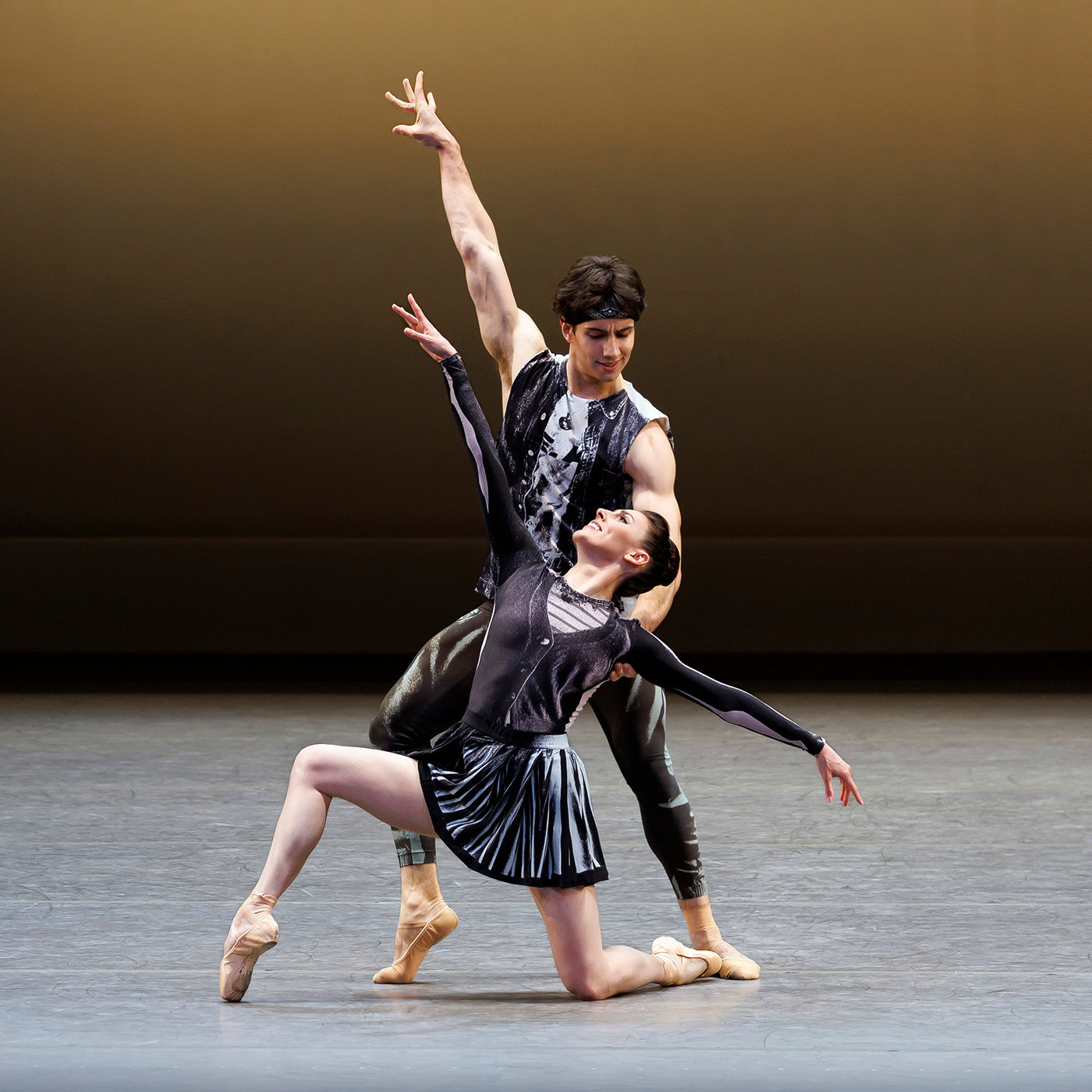
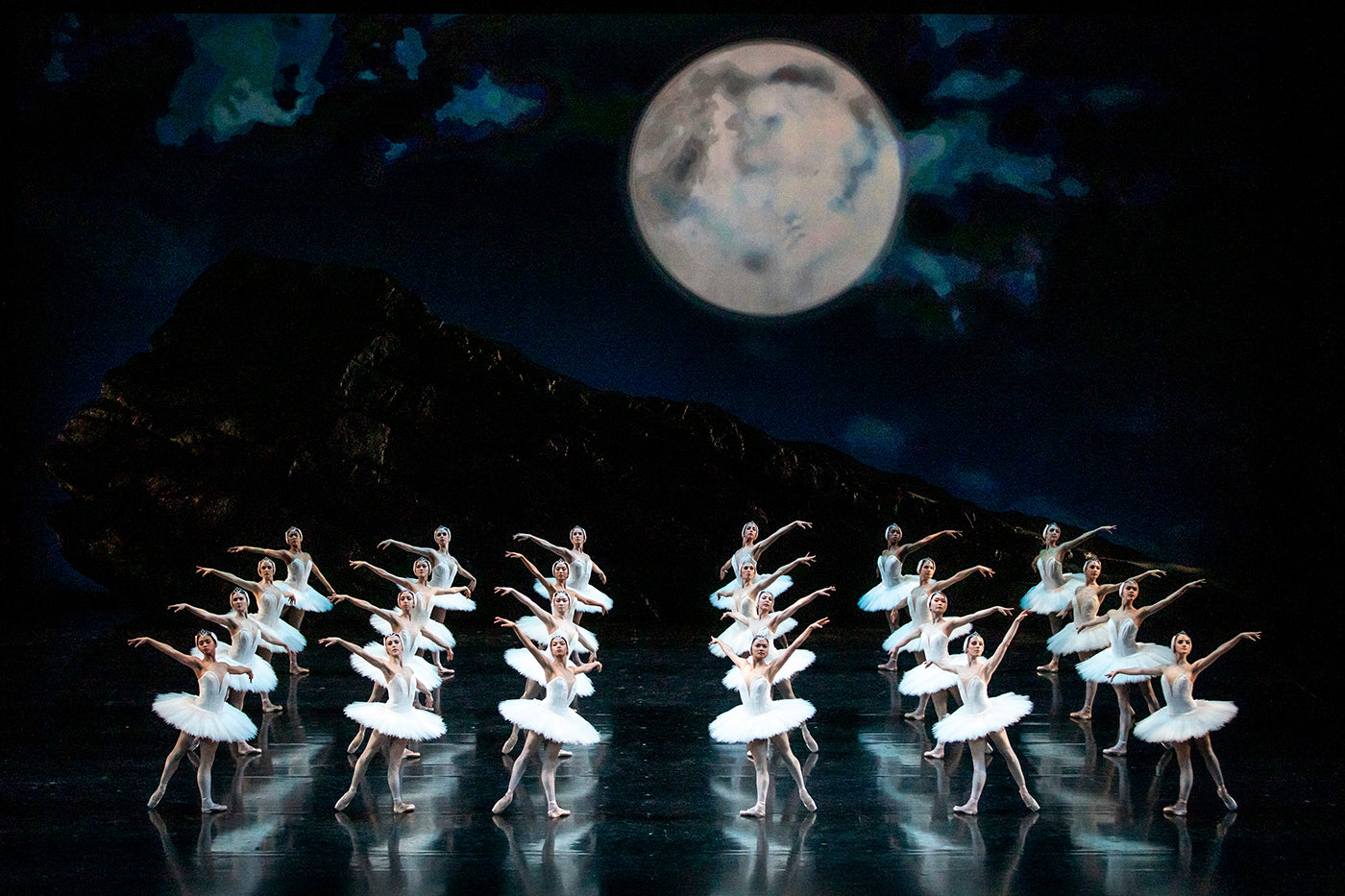
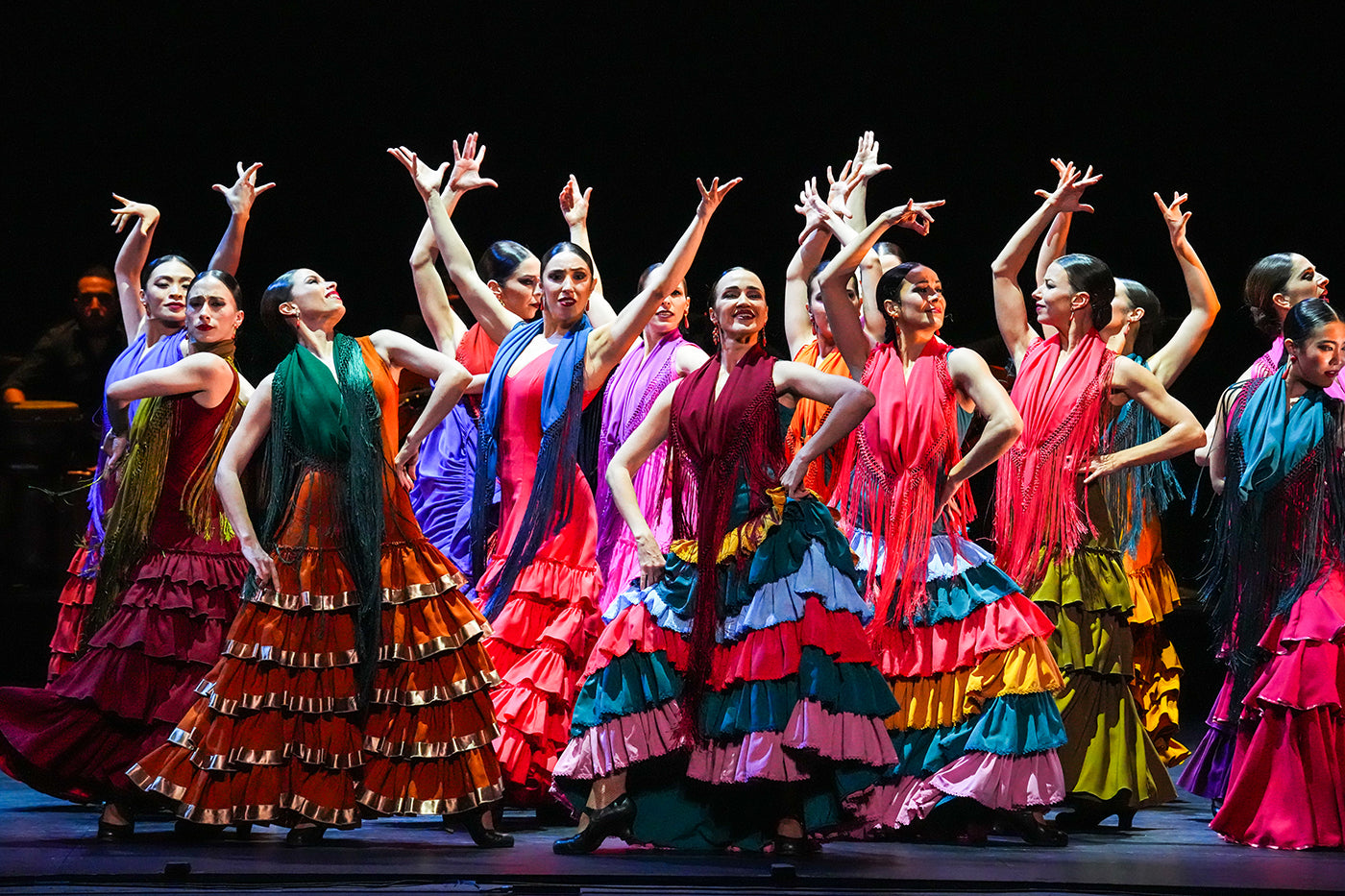
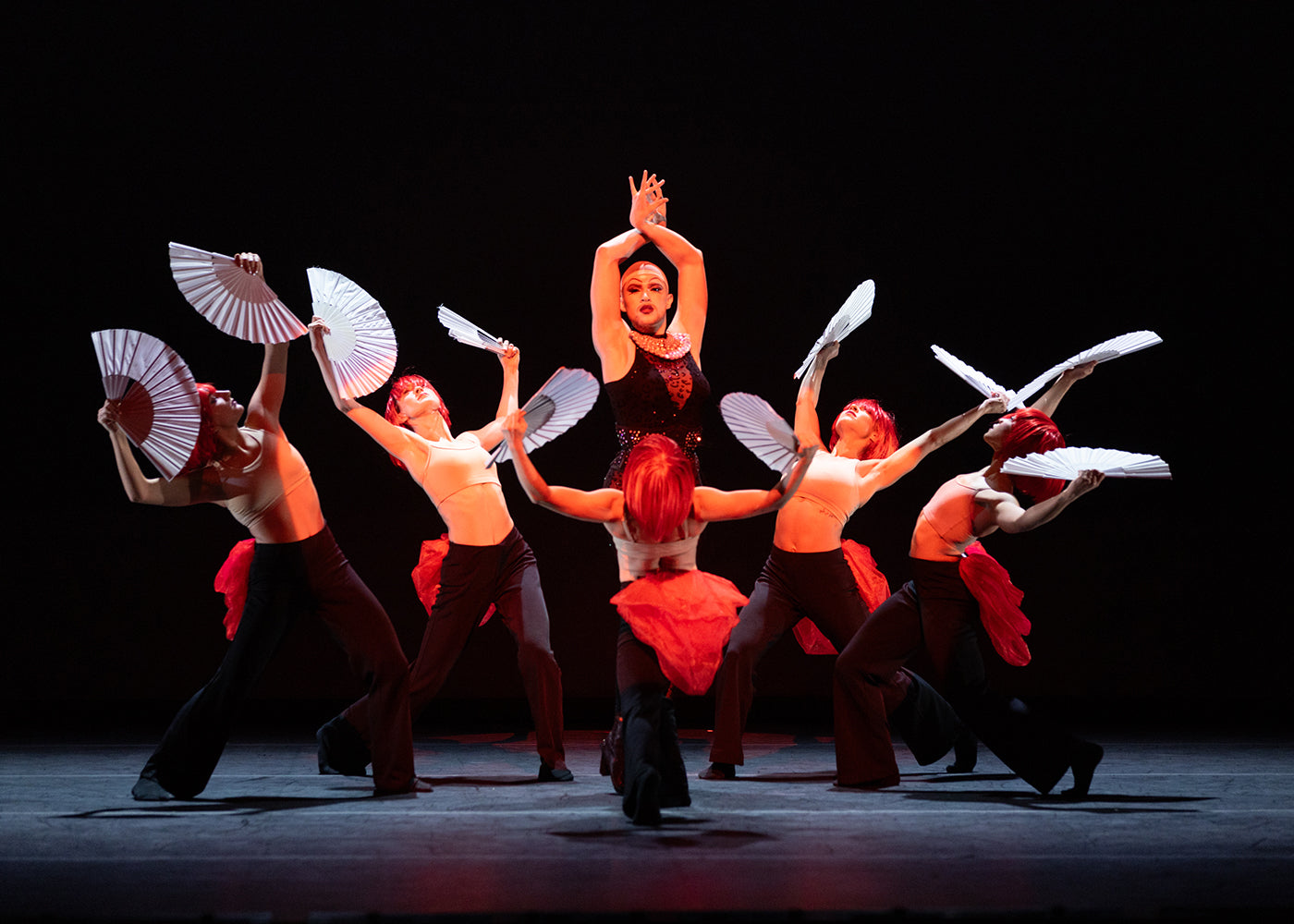
comments